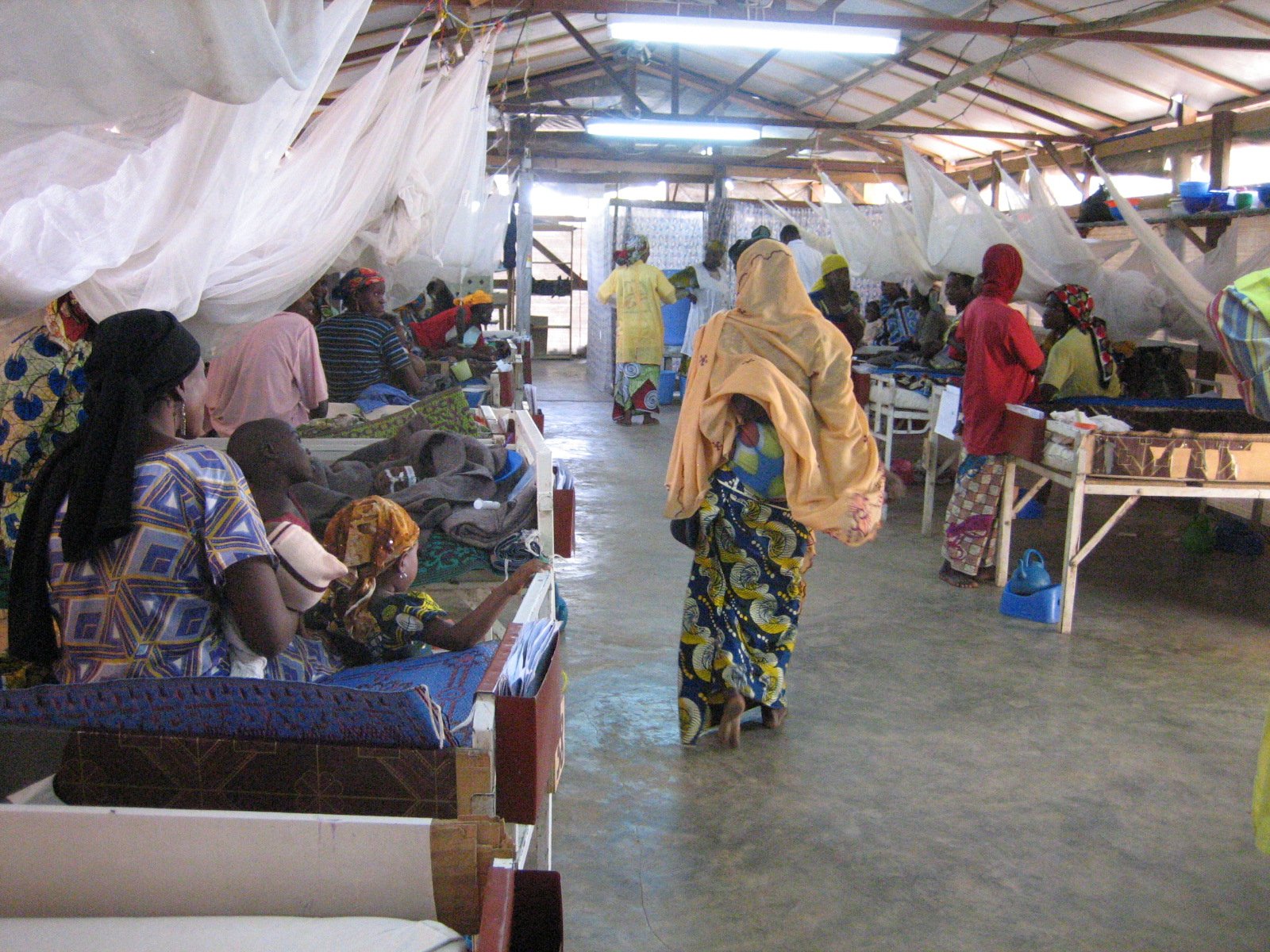Hassane Doudou Boukary, Zinder regional director of the UN Population Fund:
"Demography is at the heart of [efforts to reduce the malnutrition rate in Zinder below the 15 percent emergency threshold]. In Niger, each woman has on average 7.1 children; in Zinder it is 7.4. Unless we can resolve the issue of family planning, there will be an open door for more malnourished children. Contraception needs to be one of the strategies to fight malnutrition."
Patrick Barbier, head of the Niger mission of Médecins Sans Frontières (MSF):
“Even though there is a law that guarantees no-fee care for under-five children, it is not enforced. Access to care would give a child the resilience to withstand [food security] shocks better.”
Amadou Harouna, Zinder regional director of the Health Ministry:
"You can heal people, [but] they will always fall sick: we must educate them. But there is not enough action at the community level. There is a lack of awareness and education on nutrition issues. When there is a food distribution, people come, we distribute the food quickly because they are so rushed, but we do not know what happens when they get home. There is also the fact that [those trying to combat malnutrition] focus too much on the child, forgetting that there is a family around [that child]."
| 2010 food crisis |
“It is a vicious circle of constant crises and international actors responding to them. There is no exit strategy for these groups. Their goal should be to prepare a government to face crises. Dependency [on these NGOs] is not good because the state does not stand on its own. It is like these emergency NGOs put out the fire, but the gas is still on. The government [until now] has not capitalized on crises to draw lessons so donors can see we have learned… There is lack of government financing on nutrition. We [office of nutrition services] want the nutrition problem recognized not only as a food security and malnutrition issue, but as something needing to be tackled in a continuum from prevention to treatment. Costs can be hard to quantify, but this a critical activity.”
Yacouba Adjahararou, Tanout regional director in the Agriculture Ministry:
“The population eats cereals [millet, sorghum] of little nutritional value. There is no off-season cultivation. However, where vegetable gardening has been developed [using drip irrigation], people eat what they produce [cabbage, lettuce, carrots, tomatoes, onions] and they like it.”
Animal malnutrition
Kosso Matta Kellou, Diffa regional director in the Livestock Ministry:
“In a pastoral region like Diffa, international agencies focus on under-five children in their fight against malnutrition, but the problem starts with animals. Animals represent a family’s savings, their income, their food source, their lives and livelihoods. With dwindling water resources, animal illnesses, the shortage of pasture and fodder, herders and breeders are losing dozens of animals at a time. You can go a long way to preventing human malnutrition if you can prevent animal malnutrition. The two are linked. There is not enough investment in livestock - 90 percent of the population is made up of herders and livestock brings in most of the region’s income, and investment is not proportionate.”
|
Photo: Anne Isabelle Leclercq/IRIN  |
| Not enough animal fodder in 2010 for two-thirds of the country's livestock |
“There needs to be economic development. Without that, there will always be malnutrition. It is not only a question of treating the malnourished, but also investing in education. A mother’s level of education determines how receptive she is to [nutrition education] outreach… We need to harmonize our interventions. A village has one person coming through and telling them what to do; that person leaves and the next [person] says ‘no, don’t do that, thi s is what you should do.’”
El Hadji Abdou Salissou, president of the regional committee of nutritional crises and deputy secretary-general Diffa governor’s office:
“Water is a huge problem here. The growing cycle keeps getting shorter. The water basin [used for growing] is increasingly covered in sand. It is not that people do not want to work, but there is no water. There have been attempts to bring in motor pumps, but that did not work. There is not enough funding for electricity [to power the pumps]. This region has the country’s fastest growing population, along with extreme poverty, water shortages, rain problems and few international actors here.”
Jenny C. Aker, economist at US-based Tufts University and fellow, Center for Global Development:
"Niger is a highly risky agro-climatic environment, with 300-500mm of rainfall per year, poor soil quality and subject to periodic droughts and pest infestations. All of these factors, but especially the periodic shocks, reduce agricultural production on a regular basis and discourage investment in agricultural production – as it is a highly risky venture. The frequency of shocks… can either be exacerbated or mitigated by agricultural markets.
"If fuel prices are low, if only a few areas were affected by drought and prices in northern Nigeria, and if surrounding countries’ prices were lower than those in Niger, then traders could import grains from surrounding countries to make up the local deficit and keep prices fairly stable in the country. If, however, multiple markets – especially those in the breadbasket regions of Niger, Maradi and Zinder – are affected by drought, and neighbouring countries also are affected by shocks, then Niger can’t import. This is what happened in 2005 - prices soared partially because of a combination of droughts but also because of fewer imports from neighbouring countries.”
pt/ail/cb
This article was produced by IRIN News while it was part of the United Nations Office for the Coordination of Humanitarian Affairs. Please send queries on copyright or liability to the UN. For more information: https://shop.un.org/rights-permissions





